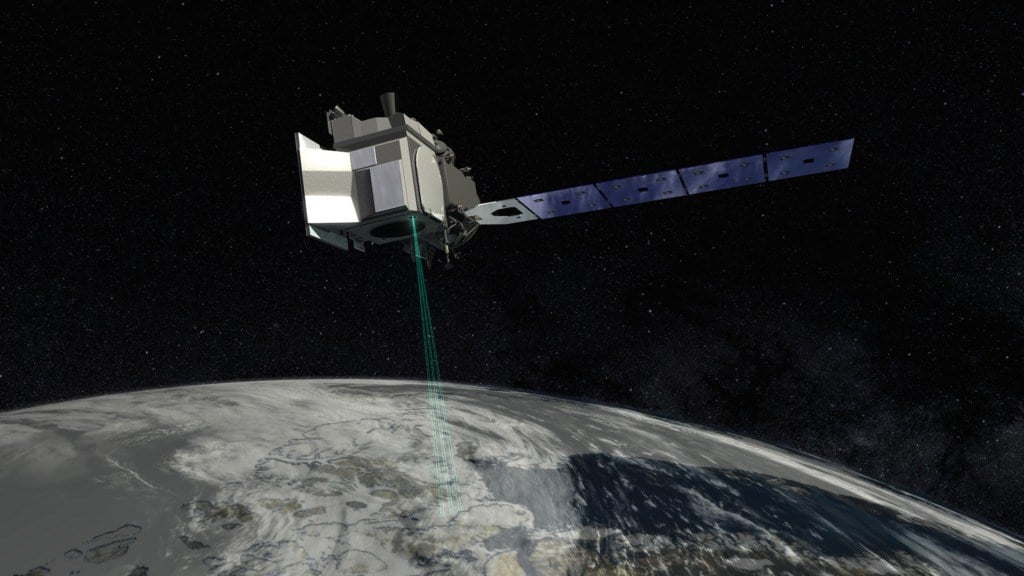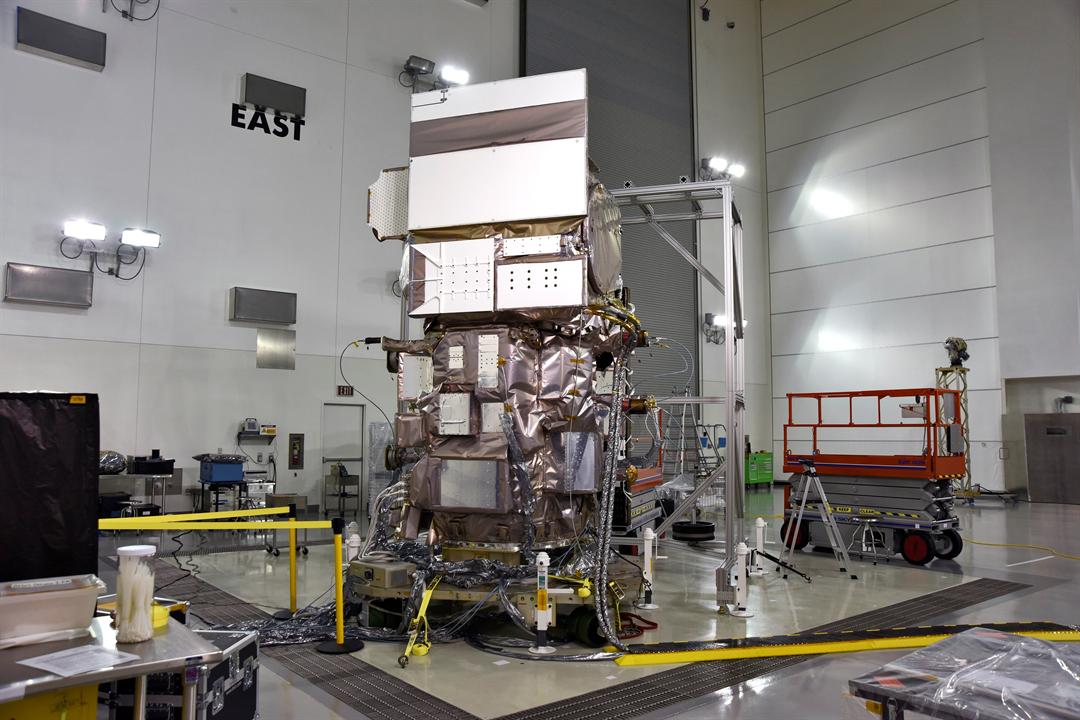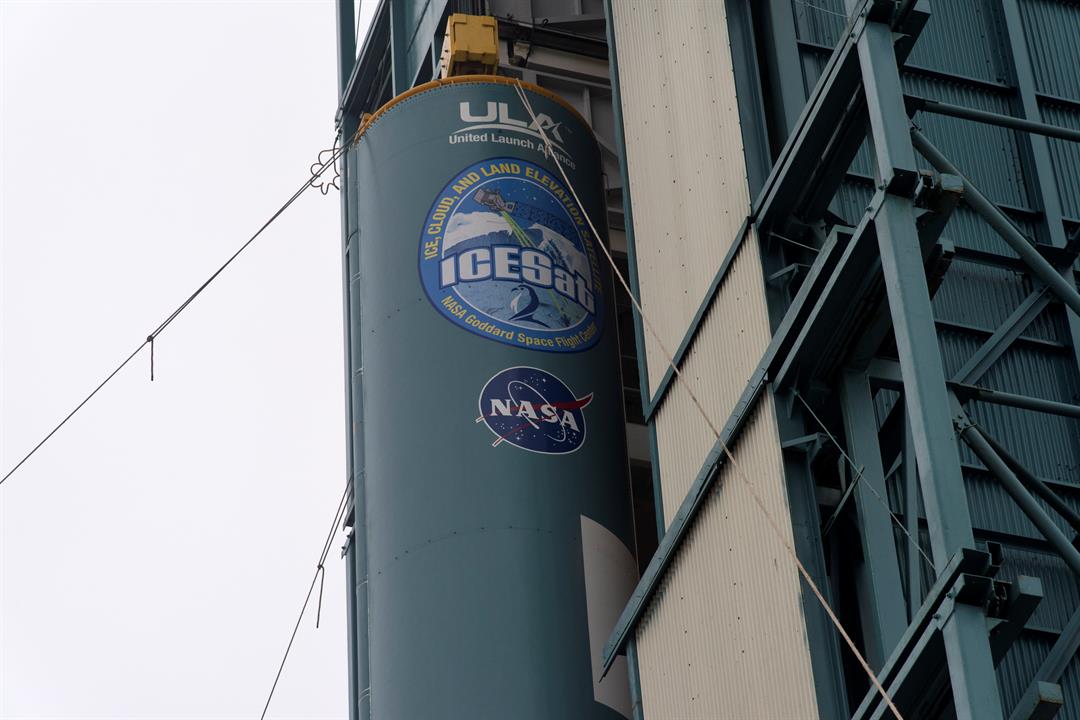The final launch of a United Launch Alliance Delta II rocket is scheduled to take place at Vandenberg Air Force Base in September.
The rocket will carry a NASA satellite into orbit.
The launch is scheduled for Saturday, Sept. 15, with a 40-minute window opening at 5:46 a.m.
NASA’s Ice, Cloud and land Elevation Satellite-2 (ICESat-2) will use laser pulses to measure the elevation of Earth’s surface. By timing how long it takes the laser beams to travel from the satellite to Earth and back, scientists will be able to calculate the height of the planet’s terrain and track changes in glaciers, sea ice, lakes, and forests.

An artist’s rendering of NASA’s ICESat-2 above Earth. (Image courtesy NASA’s Goddard Space Flight Center)
The satellite’s laser system, the Advanced Topographic Laser Altimeter System, can shoot up to 10,000 laser pulses per second.
The first ICESat was launched in 2003 and operated until 2009. ICESat-2 is designed to operate for at least three years.
Animation shows how ICESat-2 will measure the height of sea ice in order to estimate sea ice thickness. (Video courtesy NASA’s Goddard Space Center)

A solar array motion test is conducted on ICESat-2 on June 18, 2018, inside the Astrotech Space Operations facility at Vandenberg Air Force Base. (Photo credit USAF 30th Space Wing/Timothy Tre)
The Delta II rocket that will carry the satellite into space will be the last of its kind to take flight. United Launch Alliance is retiring the Delta II as it focuses more on its Delta IV and Atlas V rockets.
This will be the 155th flight of a Delta II rocket. The first launch was in 1989.

The United Launch Alliance Delta II first stage is lifted up and into the mobile service tower at Space Launch Complex 2 on June 8, 2018, at Vandenberg Air Force Base in California. (Photo credit USAF 30th Space Wing/Pedro Carri)

